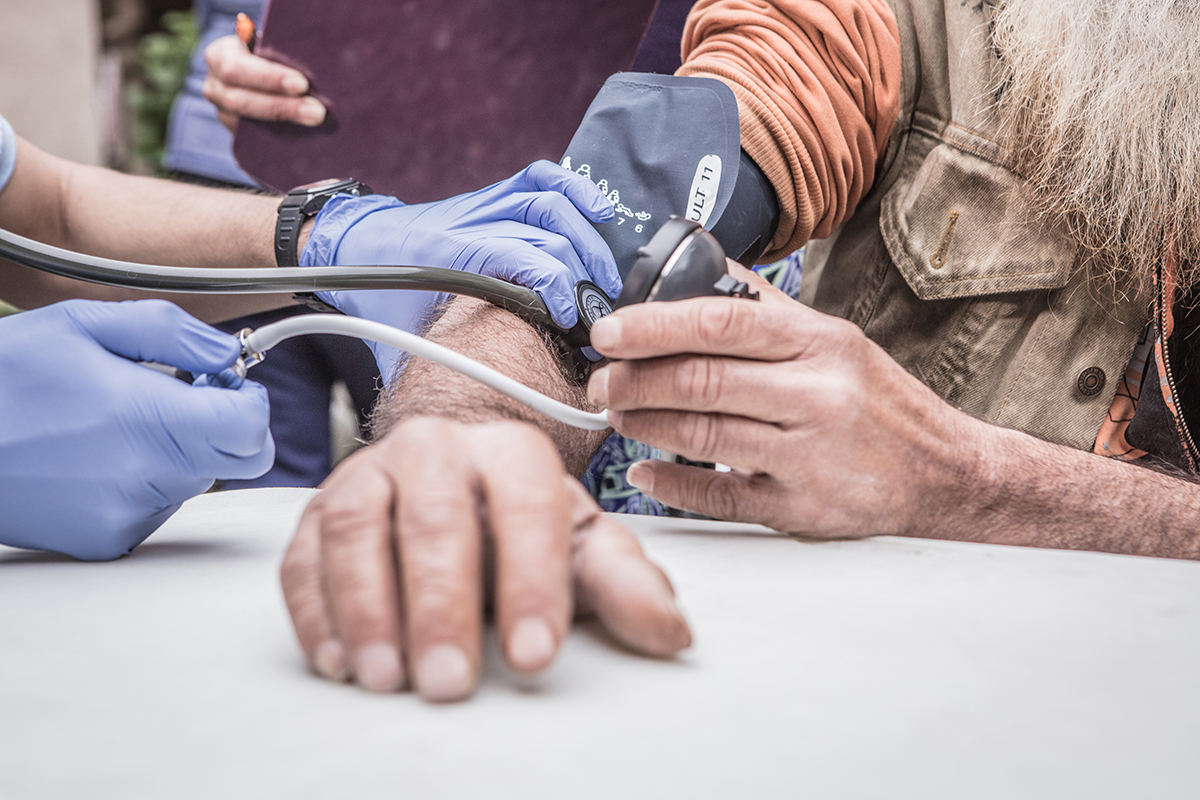Health & Wellness
Get Back Into Action: Find Relief for Painful Spine Conditions

Severe neck and back pain can make it difficult to do even the most routine tasks, such as tackling chores or playing with your children.
Learn more about how you can get back on your feet, with less pain, from Kevin Booth, MD, a board-certified and fellowship-trained spine surgeon at Adventist Health Sonora’s Northern California Spine Institute.
What causes chronic neck and back pain?
Back pain has more of a genetic influence than you might think. Just as people can have hereditary risk for high blood pressure or cancer, problems with the discs, bones and joints in the spine can also run in families.
“While genetics certainly play a role, lifestyle usually has the greatest modifiable impact on spine health,” Dr. Booth explains.
Injuries, lack of fitness, and even smoking can cause or worsen back problems. Spine problems can also be a result of the natural aging process and arthritis as well.
At-home exercises for back pain
Certain movements can improve strength and mobility — but always check with your healthcare provider before starting new exercises, especially if you’ve had a recent surgery or health condition. Here are two simple movements that, when performed regularly, may reduce or prevent back pain:
Standing lumbar extension
- Stand with your feet shoulder-width apart.
- Place your hands on your lower back for support.
- Gently bend backward at your waist.
- Hold for 5-10 seconds, slowly return and repeat.
Seated lumbar flexion
- Sit in a sturdy chair.
- Gently fold forward, reaching your hands to the floor.
- Allow your trunk and head to fold forward.
- Hold for 5-10 seconds, slowly return and repeat.
When should I see a spine specialist about my back or neck pain?
If back or neck pain is interfering with your daily activities or sleep, it’s probably time to schedule an appointment. Spine problems may also cause pain that radiates to the arms or legs, along with numbness, tingling, difficulty walking, and weakness. Each of these symptoms can help physicians pinpoint a diagnosis.
Treatments range from simple, conservative strategies to more complex procedures and surgery, all designed to help relieve pain and improve function. Innovations in interventional pain management and spine surgery has led to more treatment options, with the goal of getting you back on your feet as soon as possible.
“Generally, the earlier we can diagnose the condition and begin a treatment plan, the better the outcome,” Dr. Booth says.


